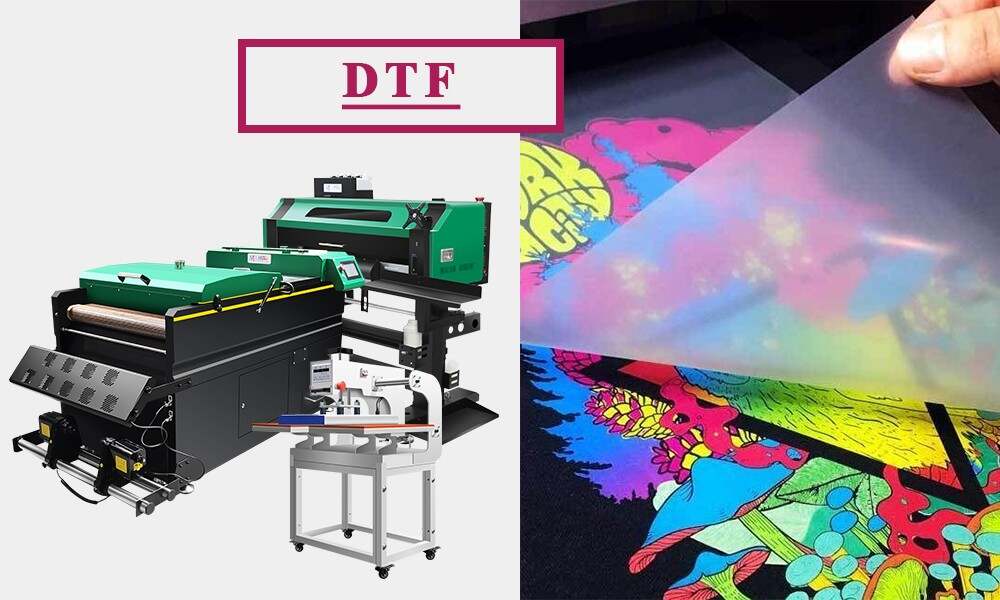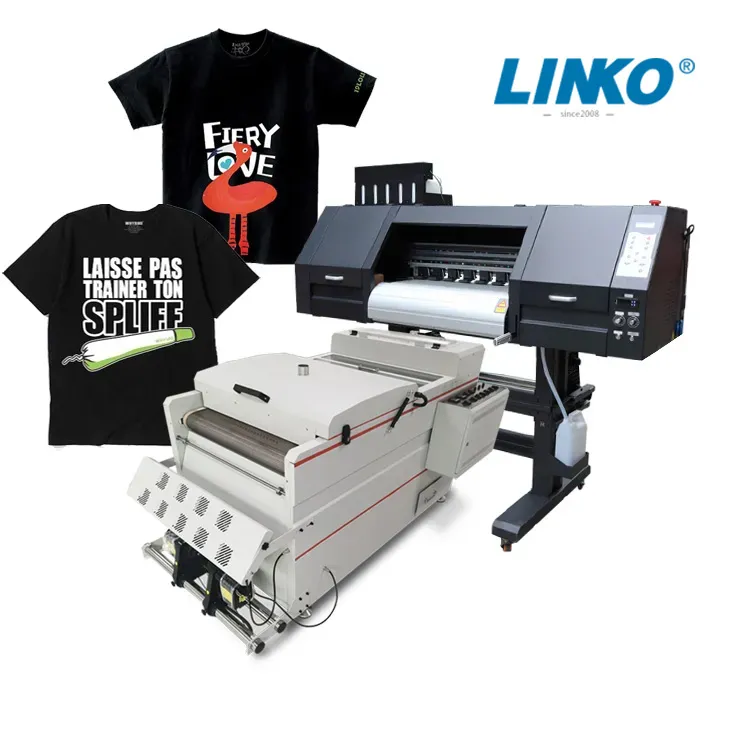The Ultimate DTF Printing Guide: Methods, Products, and Applications
The Ultimate DTF Printing Guide: Methods, Products, and Applications
Blog Article
Mastering DTF Printing: Advice for Achieving Vibrant and Sturdy Prints
In the globe of textile printing, attaining vivid and durable prints is a desirable skill that can raise the high quality of your output. Mastering DTF (Direct to Movie) printing calls for a mix of technological understanding, precision, and attention to information. From picking the ideal materials to fine-tuning print settings and developing post-printing finishing strategies, there are numerous variables that can affect the outcome of your prints. Recognizing just how to navigate these intricacies can make all the distinction between an average result and an absolutely outstanding one.

DTF Printing Basics
For those new to the globe of textile printing, recognizing the fundamentals of DTF printing is necessary to understanding this innovative technique. Straight to Movie (DTF) printing is a modern approach that includes transferring designs from a special film onto different fabrics utilizing a warmth press. Unlike standard techniques like screen printing, DTF uses advantages such as lively colors, detailed describing, and the capacity to publish on diverse products like cotton, polyester, and blends.
The process starts by publishing the layout on a special DTF film making use of a compatible printer with CMYK or CMYKW ink sets. As soon as the design is published, it is after that cured with a heat press to create a lasting and durable print. DTF printing is recognized for its capability to duplicate intricate designs with high accuracy and shade precision, making it a prominent selection for organizations seeking to create personalized apparel, marketing things, and much more.
Picking the Right Materials

The glue powder acts as a bonding agent between the printed layout and the material, so it needs to have strong attachment homes to guarantee a sturdy and durable transfer. By meticulously picking the right materials for DTF printing, printers can boost the quality, vibrancy, and long life of their prints.
Optimizing Publish Settings
When intending to achieve the finest results in DTF printing, meticulous interest to enhancing print setups is vital for ensuring exact and high-grade transfers onto textiles. One vital facet to consider when maximizing print setups is the resolution.
While increasing the speed can improve performance, it might compromise the last print's clarity and shade saturation. Exploring with different speeds and observing the results can assist determine the optimum setting for each print job.
Moreover, adjust color profiles and making certain correct shade administration are essential for achieving exact and regular colors throughout various prints. By adjusting color setups and accounts, printers can learn the facts here now minimize shade deviations and produce uniform outcomes, improving the general print top quality and client contentment.
Preparing Artwork for DTF Printing
To make sure ideal outcomes in DTF printing, meticulous interest to information is essential when preparing art work for transfer onto textiles. Begin by picking high-resolution images to preserve quality and intensity in the last print. Vector graphics are liked as they can be easily scaled without losing high quality. Transform the art work to CMYK color setting to make certain that the colors convert properly from display to print. Adjust the shade degrees and comparison as required to enhance blog the vibrancy of the style. When adding message to the art work, choose font styles that are appropriate and readable for the desired dimension. Remember to mirror the final layout prior to printing to guarantee that it moves correctly onto the garment. Furthermore, think about the fabric type and color when selecting the artwork, as these variables can affect the final appearance. By following these steps and paying close interest to the details, you can prepare art work that is maximized for long lasting and vivid DTF prints.
Post-Printing Finishing Strategies
Carrying out reliable post-printing ending up techniques is important to boosting the sturdiness and visual allure of DTF prints on fabrics. When the printing procedure is complete, applying warmth to the published layout is important (DTF Printing). Warm not just help in treating the ink yet additionally guarantees that the shades are durable and lively. A warmth press equipment established at the recommended temperature level and stress settings can assist accomplish optimal results.
Once the film is gotten rid of, the print might need added treating time to further establish the ink right into the textile. This action helps improve the washability and sturdiness of the print, ensuring it can hold up against several wash cycles without fading or fracturing.
Additionally, cutting any excess film around the style can offer the last print a clean and professional appearance. Putting in the time to appropriately finish DTF prints post-printing can considerably impact the general try this high quality and durability of the fabric design.

Verdict
Finally, understanding DTF printing calls for a detailed understanding of the essentials, choosing ideal products, maximizing print setups, preparing artwork properly, and making use of post-printing completing methods. By adhering to these pointers and techniques, one can achieve vibrant and durable prints that satisfy their desired top quality requirements. Consistent method and focus to information are vital in attaining successful outcomes in DTF printing.
From choosing the right materials to tweak print settings and improving post-printing finishing methods, there are numerous variables that can influence the outcome of your prints. Unlike traditional methods like screen printing, DTF uses advantages such as dynamic shades, intricate outlining, and the capacity to print on varied products like cotton, polyester, and blends.
As soon as the layout is published, it is after that healed with a warm press to create a durable and long lasting print.When intending to accomplish the finest results in DTF printing, precise focus to optimizing print settings is essential for making sure top notch and exact transfers onto fabrics.In final thought, grasping DTF printing calls for an extensive understanding of the essentials, choosing proper products, enhancing print settings, preparing art work properly, and utilizing post-printing ending up techniques.
Report this page